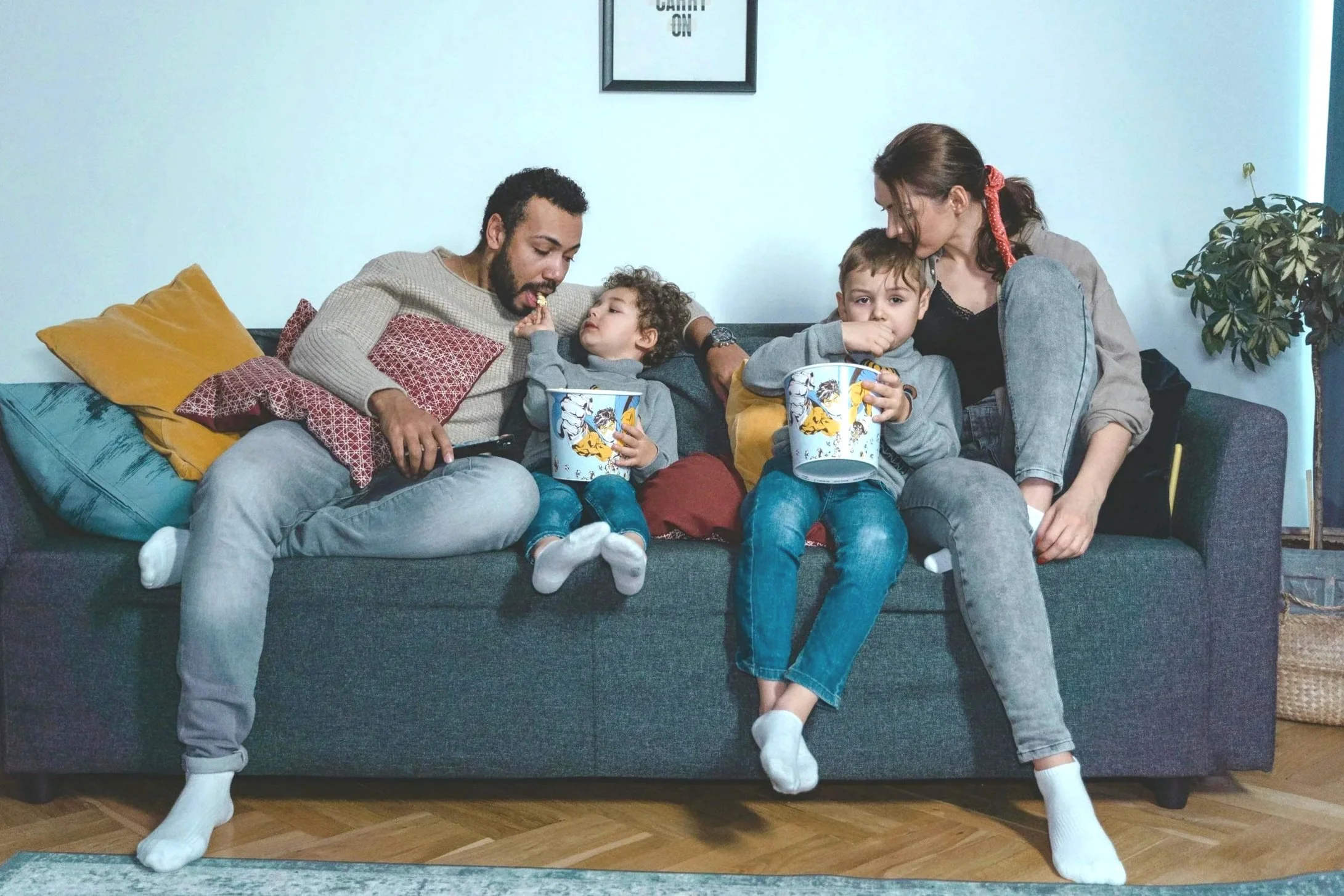
Educational Blogs from Our Mental Health Therapists
Learn about common challenges, including depression, anxiety, relationships,
trauma, and more, written by Maryland therapists!
Topic
- Anxiety
- Art in Therapy
- Biases
- Boundary Setting
- Brainspotting
- Burnout
- Business Owners
- COVID-19
- Careers
- Children & Teens
- Cognitive Behavioral Therapy (CBT)
- College Students
- Communication Skills
- DIY Crafts
- Depression
- Dialectical Behavior Therapy (DBT)
- Emotional Regulation
- Faith-Based
- First Responders
- Grief and Loss
- Highly-Sensitive Person
- International Clients
- Internships
- Ketamine-Assisted Psychotherapy
- LGBTQIA
- Men's Issues
- Mindfulness
- Motivation
- Neurodivergence
- Online Counseling
- Oppression
- Parenting
- Recovery
- Relationships
- Resources
- Sex Therapy
- Trauma and PTSD
- Women's Issues
- Workshop
Holiday Blues & Hope: A Maryland Counseling Intern’s Take on A Charlie Brown Christmas and Reflection Questions
While the holiday season may bring feelings of joy and community for some people, many people can experience extreme loneliness and internal conflict during the holidays. The 1965 TV special A Charlie Brown Christmas takes a look at these annual struggles that so many face through the lens of Charlie Brown himself. Throughout the show, we see how mental health can impact the holidays and make the season difficult, but also ways that small changes can make the holidays more bearable when mental health does get in the way.
Finding Belonging and Purpose: How The Wild Robot Talks About Mental Health For Both Kids and Adults – A Baltimore Counseling Intern’s Reflections
One of my favorite films of the last few years is the 2024 animated movie The Wild Robot. The wonderful thing about this movie is that both children and caregivers can learn a lot about belonging, resilience, and believing in oneself through the story. Below are some reflections on how the film tackles these themes and the interesting way that we can learn from a robot what it is like to be human.
How Lilo & Stitch Helps Us Understand Grief, Change, and Belonging — A Baltimore Counseling Intern’s Take
One of my favorite films of all-time is the 2002 animated classic Lilo & Stitch. I loved this movie as a kid and the more I rewatch it, the more I realize just how much the stories of both Lilo and Stitch are meaningful to my life and the lives of so many others. Throughout the course of the film, you get to follow their journey adjusting to their new lives, battling grief, and finding their place in the world. In this blog, I’ll be sharing some reflections from the movie and how the characters humanize mental health struggles, especially for kids.
Talking About Mental Health Through KPop Demon Hunters: Discussion Questions for Baltimore Parents, Educators, and Kids
This summer, KPop Demon Hunters took the world by storm with its flashy colors, epic soundtrack, and heartfelt story. The thing that struck me the most when I watched this movie was how many mental health themes and messages came across in a way that was easy to grasp. Whether it be self-worth, depression, or shame, KPop Demon Hunters tackled a lot of themes that both adults and children can see themselves in.
How Therapy Can Help Your Child Overcome Phobias and Specific Fears
At LifeSpring, we work with children and adolescents and adults at our office. And one of the things that we are going to be talking about is an issue that Caroline does see come up with children. And that is the issue of specific fears that come up for children and specific fears that bring them into therapy. One of the things that Caroline specializes in at our office is anxiety.
DIY Creative Stress-Relief Crafts for Children: Deep Breathing Stick
Deep breathing is an incredible coping strategy that kids (and adults) can use anywhere at any time to regulate their emotions; they don’t need anything other than their own bodies to use this skill. However, it can be tricky for children to master the technique of proper diaphragmatic breathing (aka deep breathing). You can use this fun craft to teach your child how to use deep breathing as an effective coping strategy.
DIY Creative Stress-Relief Crafts for Children: Stress Ball for Reducing Anxiety
Many kids enjoy using stress balls as a fidget tool to help with focus and concentration. But did you know that you can also use a stress ball to intentionally reduce anxiety? This can be accomplished by focusing on the distinction between feelings of a tensed hand when you squeeze your stress ball and a completely relaxed hand when you release the grip of your stress ball. Go ahead and try out this fun craft that you and your child can use together!
Mindfulness Resources for Kids to Help Them Regulate Emotions and Reduce Stress
Mindfulness encourages us to pay attention to the present moment; it means being aware of our thoughts, feelings, and our environment. When we practice mindfulness, we are helping ourselves to regulate emotions and reduce stress. However, this can be a difficult skill to master, especially for children! Here are some fun and creative ways to practice mindfulness and help your child stay present throughout the day.
DIY Creative Stress-Relief Crafts for Children: Calm Jar for Reducing Stress
Have you ever noticed that when your child is upset, stressed, or frustrated, it can seem impossible for them to control their behaviors and reactions? You may also notice that their breathing is fast and short and that their heart rate has sped up too. The calm jar is one tool that we can use to help kids practice mindfulness, the ability to calm down and focus on what is going through their mind, body, and environment. This is an excellent (and fun!) craft for you and your child to make together.
Post-Weaning Depression and Its Effects on a New Mom's Mental Health
Shortly after I started weaning my toddler, sadness engulfed me. I felt like melted ice cream, honestly. This led me down a rabbit hole of reading. I am sure that you are joining me in my surprise that as a therapist, a former educator, and a mother who reads every parenting article I can get my hands on, I had never heard of post-weaning depression. Well, I think that the answer is two-fold. From what I can gather, there is limited research on post-weaning depression. This blog is centered on raising awareness on post-weaning depression, along with an encouragement for greater societal attention and research.
Supporting Your Child with ADHD Through Promoting Self-Esteem and Capability
Supporting your child in effectively managing their symptoms of ADHD, while celebrating them and accepting them for all that they are, will aid long term success and elevated self-esteem. This will promote self-confidence, self-acceptance, and assurance that can handle all that life throws their way.
How to Best Support Your Highly Sensitive Child
“I think she/he is just too sensitive,” some parents complain. Indeed, some children are more sensitive than others. But does high sensitivity only bring trouble? Who gets to decide what is the right amount of sensitivity and what is too much? Those difficult questions take us into an important research area–HSP (Highly Sensitive Person). If you get frustrated with yourself or/and your child over their high sensitivity, this article is going to help you learn about highly sensitive people and how to best support your child.
Ten Children's Books for Your Anxious Elementary Schooler That Promote Coping Skills
Coping skills are adaptive actions that people take to bring themselves comfort and control.
Many of the books listed feature coping skills being taught within therapy sessions. These include the utilization of breath, mindfulness, mindset reframing, utilizing support systems, and acknowledging worry rather than pushing it away.
Changes You Can Make at Home to Help Support Your Child While in Therapy
This post is a valuable resource to parents looking to make changes at home to best support their children while in therapy and beyond. Many of the recommendations that are discussed in this blog are overarching routines and practices that can be beneficial for all children, no matter the current difficulties that they are experiencing. Please keep in mind how valuable it is to have open communication with your child’s therapist, identifying any stressors that may be affecting your household, so that you may receive additional individualized, tailored advice.
Signs and Symptoms That Indicate That Your Child May Be Experiencing Anxiety
Are you worried that your child is too worried? That in and of itself may suggest that scheduling an appointment with a children’s therapist is not a bad idea, but if you are still on the fence please read on. Everyone worries! Research suggests that in part, it’s evolutionary, a function of survival. As our environmental factors have changed in time, so have our reasons for anxiety. Anxiety stems from biological factors, psychological factors such as temperament, and environmental factors. The question is: when does worrying become more harmful than helpful?
How to Improve Your Child or Adolescent’s Sleep
A good night’s sleep helps the body and mind recharge; improving mood, increasing one’s ability to concentrate and think clearly. It has been proven to lower anxiety levels, elevate mood, and improve overall functioning. As one can imagine, better relationships are formed due to clear minds and elevated moods. So how is it achieved? Here are some tips that I have found in research and within my experience in working with children and adolescents.
Frequently Asked Questions About Therapy for Children and Adolescents
This post is for the parents on the edge, wondering if their child would benefit from therapy and what therapy for children and adolescents even looks like. I hope that this article will answer any questions that you may have, keeping in mind that every child and family is unique and should you need a more personalized conversation, please call our office for a more tailored conversation.
How Do I Know if Online Therapy (Telehealth) is Right for My Child?
With the increased access to telehealth services, parents now have more options available to them when looking for a mental health provider to work with their child. Telehealth, however, won’t necessarily be a good fit for everyone. Within this post I hope to address any questions you may have in determining whether telehealth services will best meet the needs of your child.
What Every Child and Adolescent Therapist Wants Parents & Caregivers to Know
Successful child therapy asks for a mixture of trusting your child to make best use of time within the privacy of sessions, while communicating and collaborating with their therapist to nudge the use of coping skills and behavior changes outside of sessions. It is a unique balance!
This post encapsulates how valuable your role can be within your child’s time in therapy, while also spotlighting the autonomy your child can hold within their own treatment.
How to Effectively Communicate with Your Child’s Mental Health Therapist
As parents, we are accustomed to frequent communication for our children’s teachers. Getting recommendations for how to do our part at home to help them become independent readers, well-practiced musicians, competitive athletes, etc. The same level of communication is important in maximizing your child’s time within therapy as well. They are your world, we know! You are seeking therapeutic services for them because you want to strengthen their emotional well-being, see them achieve their goals, and grow up to be healthy, well-rounded individuals!




















